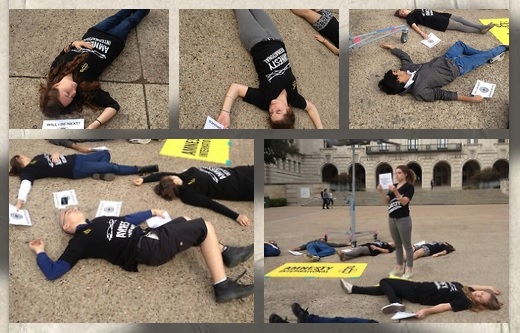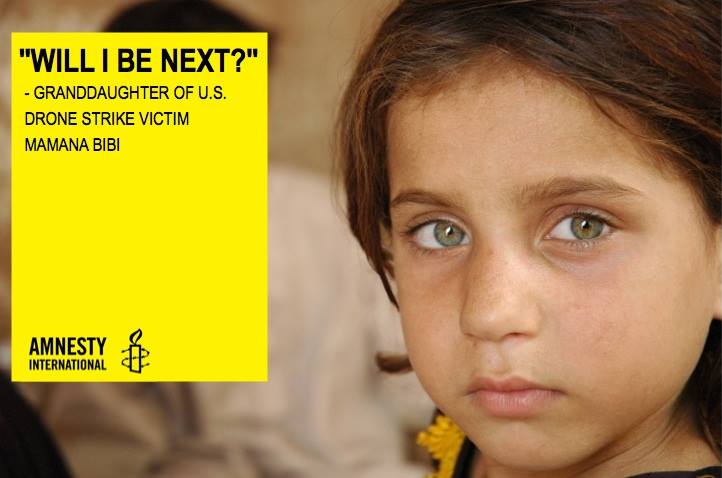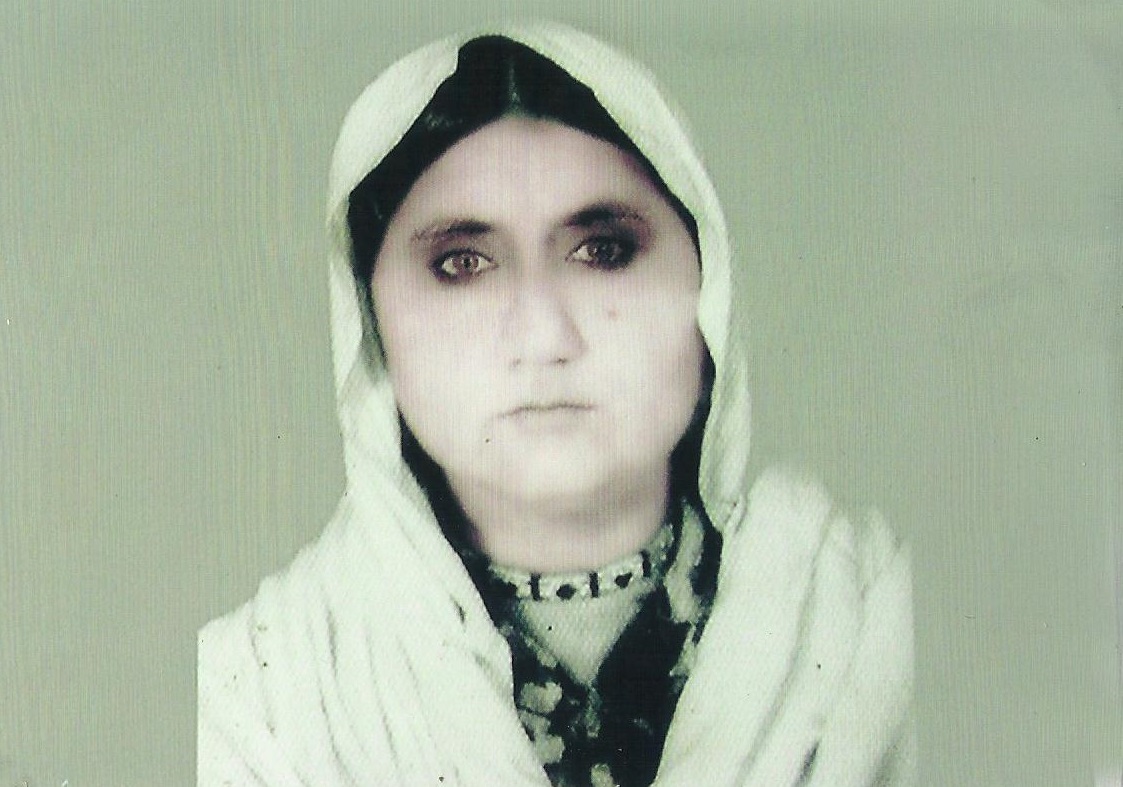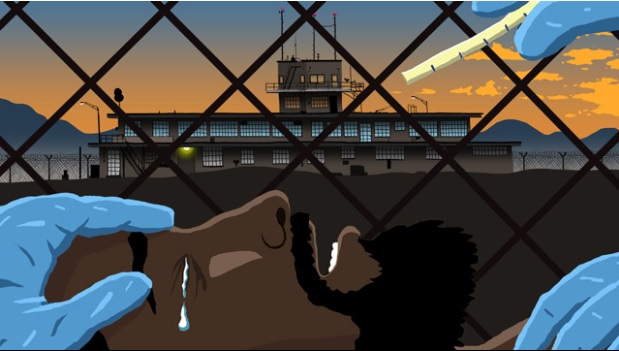This post is part of a series written by Amnesty USA’s National Youth Program Coordinator Kalaya’an Mendoza from the road of the Game of Drones tour.Follow the tour on Tumblr and take action to prevent extrajudicial killings with drones and other weapons.
When I shut the classroom door, the only sound left was the buzzing of the dim fluorescent lights overhead. We could no longer hear the theater students practicing their monologues in the hallway, or the voices of the Amnesty members in the classroom next door frantically flipping through the report on drones in Pakistan as they made signs for our action the next day. “You’re sure you have time for this?” I asked Sahare, as I slid into the desk and took out my phone to record her message.
“Yes, of course,” Sahare said. Her sad eyes held mine, unwavering. “I need to do this as a tribute to my grandmother. Without her inspiration, I wouldn’t be here.”


![181713_display[1]](https://blog.amnestyusa.org/wp-content/uploads/2013/10/181713_display1-300x199.jpg)



